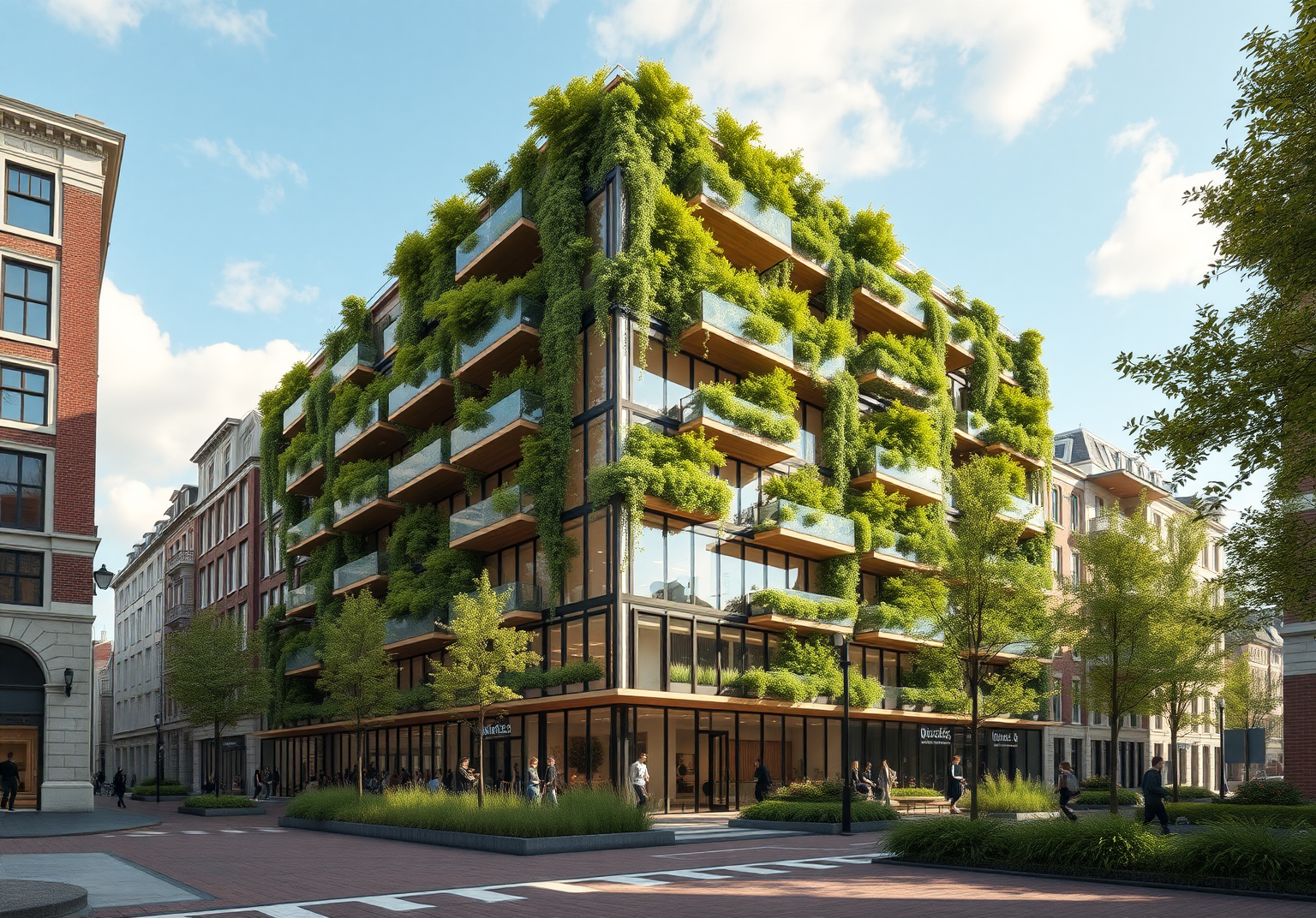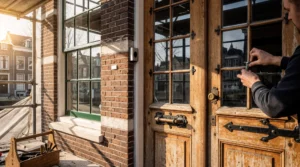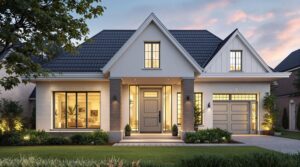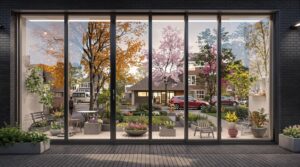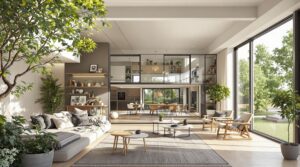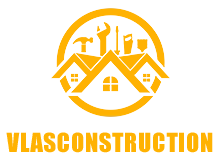Sustainable Building in Amsterdam: Why It’s the Future
Sustainable building practices have become a cornerstone of modern construction, particularly in cities like Amsterdam, which are at the forefront of environmental innovation. This article delves into the reasons why sustainable building is not just a trend but a necessity for the future, highlighting key projects, technologies, and policies that make Amsterdam a leader in eco-friendly construction.
Introduction
Amsterdam, with its ambitious climate goals, is transforming into a hub for sustainable construction. The city aims to be emission-free by 2030 and fully circular by 2050, making it an exemplary model for other cities around the world. This commitment to sustainability is reflected in various building projects that showcase innovative design, materials, and technologies.
Basic Concepts
Before diving into the specifics of sustainable building in Amsterdam, it’s essential to understand some key terms and concepts:
- Circular Design: This approach focuses on creating buildings that can be adapted and reused instead of demolished. It involves the use of bio-based or recycled materials and regenerative design.
- Energy Neutral Buildings: These buildings generate as much energy as they consume, often through the use of solar panels, smart lighting, and heating systems.
- Modular Construction: This method involves using prefabricated components that can be easily assembled and disassembled, reducing waste and conserving resources.
- Green Building Certifications: Certifications like BREEAM (Building Research Establishment Environmental Assessment Method) and Cradle-to-Cradle are used to measure the sustainability of buildings.
Leading Examples of Sustainable Buildings in Amsterdam
Matrix One
Located in the Amsterdam Science Park, Matrix One is a six-story, 140,000-square-foot demountable building designed by MVRDV. This building is a prime example of sustainable construction, with over 90% of its materials reusable. It features prefabricated construction materials, renewable energy sources, and a BREEAM-Excellent certification. The building’s design allows for easy disassembly and reuse of its components, making it a model for future sustainable buildings.
Lab42
Lab42, also in the Amsterdam Science Park, is another notable example. This energy-neutral facility uses a 100% reusable steel structure and incorporates reused wooden beams, recycled concrete floors, and solar panels. The building recycles rainwater and features a green roof, contributing to its sustainable profile.
The Edge
The Edge, located in the Zuidas business district, is a 40,000m² office building designed for Deloitte. It holds the world’s highest BREEAM rating for an office building and is known for its smart technologies and sustainable features. The building uses solar panels, smart lighting, and thermal energy storage, making it energy positive. It also includes rainwater reuse systems and an ecological corridor.
Valley
Valley, awarded the Emporis Skyscraper Award 2021 for the world’s best new skyscraper, is a mixed-use building combining working, living, and entertainment spaces. Designed by MVRDV, it features extensive greenery, bird and bat boxes, solar panels, and smart climate-controlled ceilings. The building’s design promotes biodiversity and reduces energy use through triple-glazed windows and low-energy LED lighting.
Practical Tips for Sustainable Building in Amsterdam
For those considering sustainable building projects in Amsterdam, here are some practical tips:
- Use Bio-Based and Recycled Materials: Incorporate materials that are sustainable and can be reused or recycled. This reduces waste and the carbon footprint of the building.
- Design for Flexibility: Ensure that the building can be easily adapted for different uses over time. This includes using modular designs and flexible interior spaces.
- Implement Renewable Energy Sources: Use solar panels, wind turbines, or other renewable energy sources to generate power. This can help the building become energy neutral or even energy positive.
- Optimize Energy Use: Utilize smart technologies for lighting and heating, and implement energy-saving measures such as thermal energy storage and rainwater reuse.
- Promote Biodiversity: Incorporate green roofs, bird and bat boxes, and insect hotels to enhance biodiversity and create a healthier environment.
Conclusion
Sustainable building practices are no longer just a trend but a necessity for the future. Amsterdam’s commitment to becoming emission-free and fully circular by 2050 sets a high standard for other cities. By understanding and implementing sustainable design, materials, and technologies, we can create buildings that not only reduce environmental impact but also promote social and ecological growth. As seen in projects like Matrix One, Lab42, The Edge, and Valley, sustainable building is not just about reducing waste and energy consumption; it’s about creating vibrant, adaptable, and resilient spaces for the future.
Future Outlook
As Amsterdam continues to innovate in sustainable construction, it serves as a model for global cities. The city’s approach to circular design, energy neutrality, and biodiversity enhancement will likely influence future building projects worldwide. With ongoing initiatives like the Circular Economy Monitor and conferences such as WasteBuild Zero, Amsterdam is solidifying its position as a leader in sustainable building practices.
For Dutch residents and anyone interested in house renovations or extensions, adopting sustainable building practices can significantly reduce environmental impact while creating healthier and more efficient living spaces. By following the examples set by these pioneering projects, we can build a more sustainable future for generations to come.

